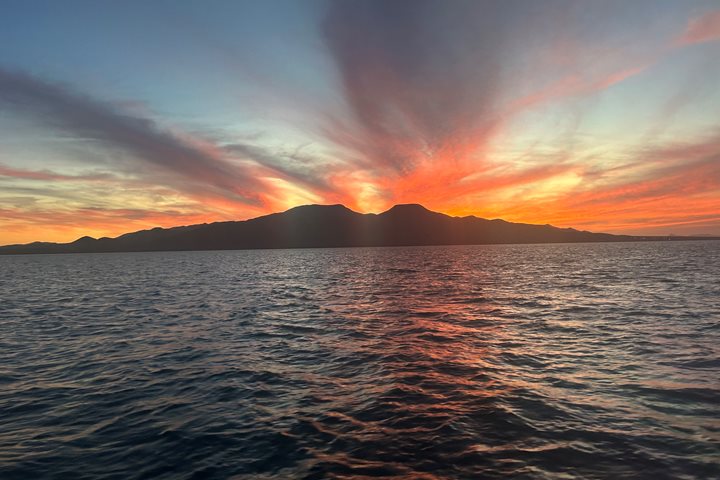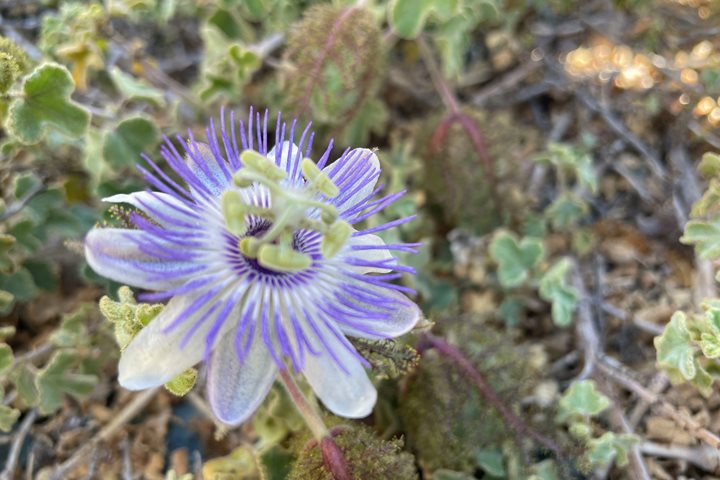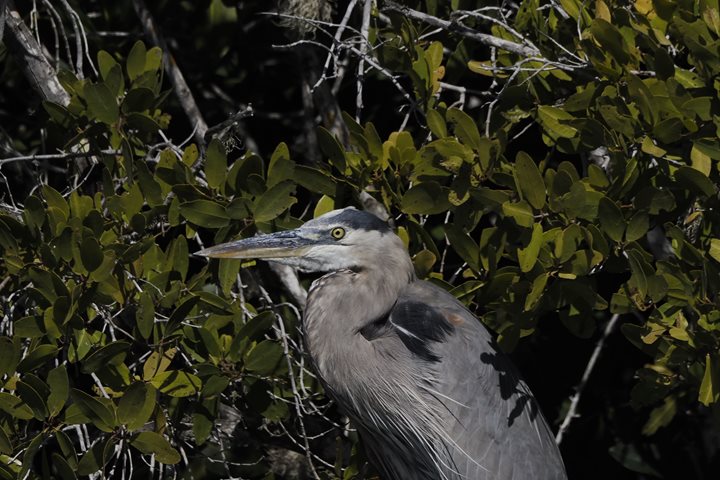I woke up this morning thinking about lichens and the symbiosis between a fungus and cyanobacteria. Then I got a cup of coffee and headed to the bow. I was surprised to find Almejas Bay—where we were anchored—totally immersed in a dense fog. The fog came down over the hills of Santa Margarita Island, from the Pacific Ocean. Our guests seemed delighted by the occurrence of this climatic phenomenon. Baja California is usually hot and dry, and moisture, in any form, is a blessing here. Plants and animals need it. When the fog dissipated, we boarded expedition landing crafts for our last round of whale watching.
We found the very last whales of the season doing what they do best—swimming, diving, breaching, and spy-hopping, showing flukes and pectoral fins for brief moments. Our pangas were silent as everyone observed the whales. It felt like a “goodbye” from all of us. Almejas Bay looked quiet and relaxed.
On our way back to National Geographic Sea Bird, we observed hundreds of cormorants, pelicans, gulls, and a bald eagle on a sandy section of Margarita Island. Later, the pangas stopped at a little mangrove patch where we observed its inhabitants—fishes, hermit crabs, shells both dead and alive, a bittern, a yellow-crowned night heron, two great blue herons (one posing for us on top of a branch), and marbled godwits.
Our busy day finished up aboard ship with two talks by our naturalists. Jill Niederberger spoke about the importance of coastal wetlands, and Sharon Grainger spoke about the ecology of dune plants. The presentations were followed by recaps and a fiesta dinner featuring traditional Mexican food with tamales and salsas.









